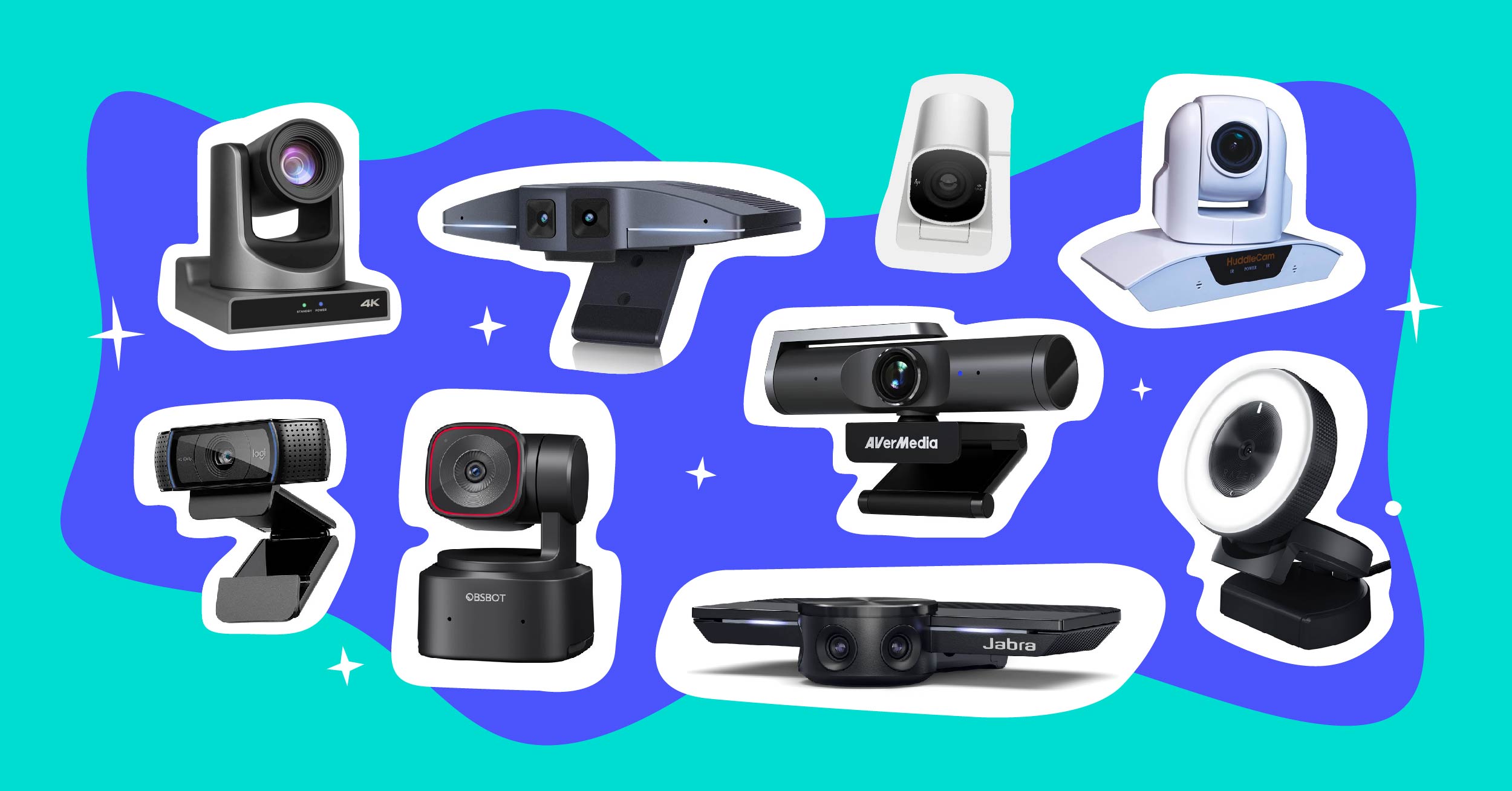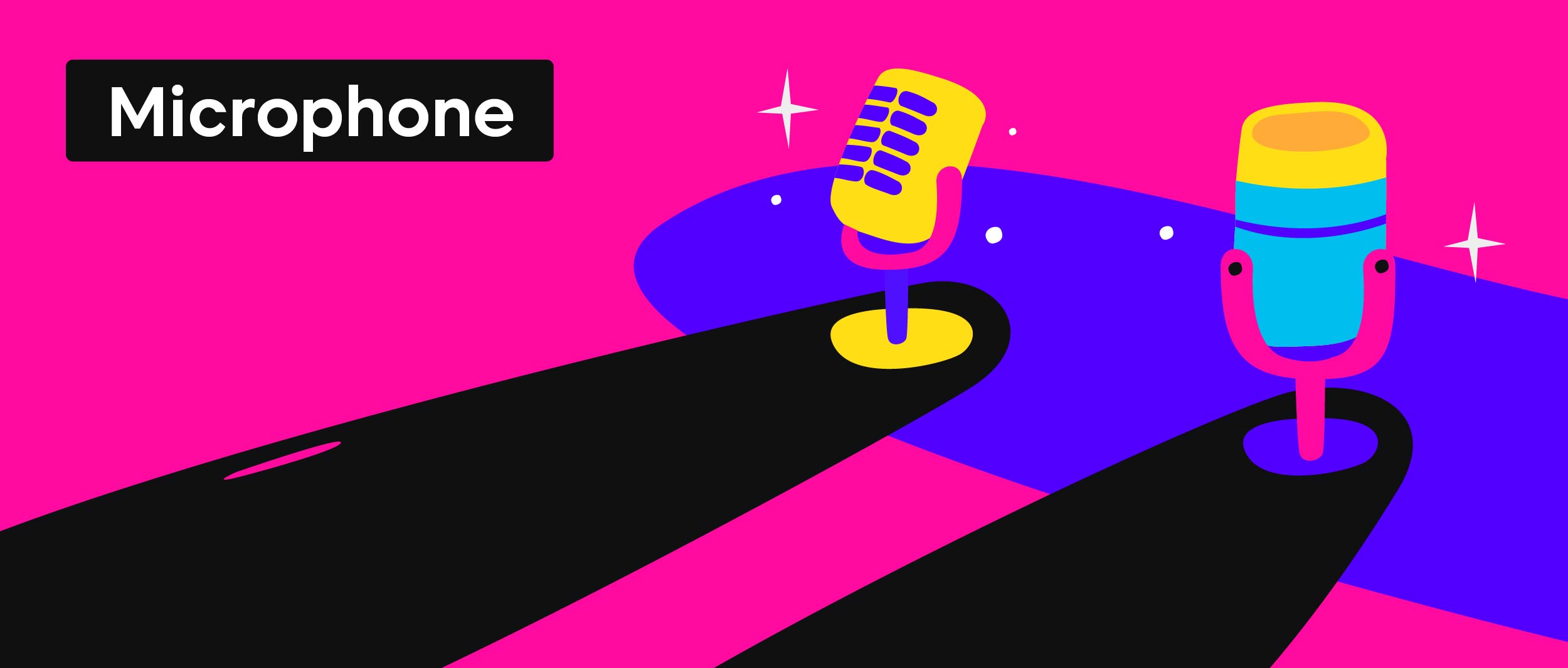Live streaming has become a popular way to share content with a global audience. Platforms like YouTube, Twitch, and Facebook Live have brought many people to live streams. Statista predicts that the global live video streaming market could reach $137.70 billion by 2027. This projection reflects a Compound Annual Growth Rate (CAGR) of 8.27% from 2024 to 2027. The increasing popularity of video streaming services worldwide contributes to this promising growth. Notably, the United States leads the market, generating significant revenue.
However, to capture and retain viewers, the quality of the live stream is crucial. A poor setup can lead to low-quality video and audio, turning viewers away. A good live streaming setup needs a reliable internet connection. It also needs a high-quality video camera and an audio mixer. These ensure that the video and audio are top-notch. Live streams can have lag, poor sound, and low-res video files. This happens without the right equipment. Therefore, investing in the right gear is essential for anyone serious about live streaming.
This guide will help you understand the importance of each part of your streaming setup. It will also help you choose the best gear for a successful livestream.
What equipment do you need for live streaming?
For a successful live-streaming setup, you will need the following equipment:
- Camera: Essential for capturing video.
- Microphone: Captures audio clearly.
- Lighting: Improves video quality.
- Encoder: Converts video input into streamable content.
- Streaming Platform: Where your live stream will be broadcast.
- Internet Connection: Uninterrupted streaming must be stable and fast.
- Computer or Streaming Device: Processes the live stream.
- Cables: Connects all equipment.
- Headphones: For monitoring audio.
- Green Screen: Optional for background customization.
- Capture Card: Necessary for high-quality game streaming.
- Software: Manages the live stream production.
Internet Connection
A strong and reliable internet connection is the backbone of successful live-streaming setups. With it, you can continue the live stream. This will lead to a better experience for your audience. To ensure a smooth stream, it is essential to understand the requirements and options for internet connectivity.

Upload Speed: The most critical aspect of your internet connection for live streaming is the upload speed. This is different from the download speed, which most people think of when considering their internet speed. While download speed is about how fast you can get data from the internet, upload speed is about how fast you can send data to the internet. For live streaming, you need a minimum upload speed of 3 Mbps (Megabits per second) for SD video. For HD video, you need at least 5 Mbps. However, for a more stable stream, it is recommended to have an upload speed of 10 Mbps or higher.
Wired Connections: When setting up your live streaming equipment, use a wired connection if possible. An Ethernet cable connects your streaming device directly to your router. It will provide the most stable connection. Wired connections are less likely to have interference. They also have faster and more steady speeds than wireless ones.
Wireless Connections: If a wired connection is not possible, a wireless connection can be used, but it comes with risks. Wi-Fi can be unpredictable and is prone to interference from other devices, walls, and weather. If you must use Wi-Fi, make sure you have a strong signal and are as close to the router as possible. Using the latest Wi-Fi standards, like 802.11ac or Wi-Fi 6, can help provide a better and more reliable connection.
Testing Your Speed: Before going live, it is crucial to test your internet speed. Many free tools, such as Speedtest by Ookla, allow you to check your current upload and download speeds. It’s a good practice to test your speed at different times of the day, as internet speeds can fluctuate based on overall network traffic.
Backup Connections: For heavy live streamers, a backup internet connection can save the day. It’s a lifesaver if your main connection fails. This could be a secondary wired line, a mobile hotspot, or even a dedicated 4G LTE router. Having a backup means quickly switching over and keeping your stream going if there are any issues with your main connection.
Computer or Mobile
The choice between using a computer or a mobile device often depends on the type of event you’re broadcasting and the level of quality you aim to achieve. Both have their own advantages and are best suited for different scenarios.

Computers are typically seen as the best for live-streaming. They are for professional or high-quality streams. This is because they have faster hardware. It allows for better video processing and handling of higher-quality inputs and outputs. If you’re planning to stream a gaming session, a webinar, or any event where you’ll need to manage multiple video sources or use advanced software, a computer is likely your best bet. They can support many streaming apps. The apps have features like overlays, scene switching, and working with other services.
On the other hand, mobile devices offer unparalleled convenience and portability. A mobile device is perfect for IRL (In Real Life) streaming, where you’re broadcasting events as they happen in the real world. Mobile live streaming lets you share experiences from your phone. You can use it at a concert while walking or at a public event. Modern smartphones have high-quality cameras. Paired with a stable internet connection, they can produce good live streams.
Mobile devices are also great for social media. Audiences expect its content to be casual and spontaneous. Platforms like Instagram, Facebook, and TikTok have made going live from a phone easy. Viewers are used to the look and feel of mobile streams.
A computer setup with streaming software is recommended. You also need equipment like cameras, microphones, and lighting. This is if your event is formal or needs high production value. For example, a corporate event, talk show, or educational content. Computers offer more control over the stream’s quality. They allow for a better final product.
Stream live on mobile for dynamic events where you’re on the move. This includes outdoor adventures, tours, or any activity away from a stable setup. The ease of use and the ability to start streaming at a moment’s notice makes mobile devices an ideal choice.
Camera
The camera acts as the video source in a live-streaming setup. Certain features are essential for effective live streaming for video cameras. High resolution, such as 1080p or 4K, ensures that the video quality is sharp and clear for viewers. A professional video camera often has the capability to produce such high-quality images.
Another key feature is good low-light performance. It lets the camera capture clear images in poorly lit conditions. This is particularly important for events that might need more optimal lighting. Professional cameras have larger sensors. They perform better in these scenarios.
Reliable autofocus is also crucial, especially when moving subjects are involved. It focuses on the main subject without manual adjustments during the live stream. Also, multiple cameras can improve the viewing experience. They do this by providing various angles and perspectives. This makes the stream more dynamic and engaging.
A wide-aperture lens can be beneficial for those who use cameras in a static position. It lets in more light. This is helpful in low light and adds a pro-depth-of-field effect to the video.
When choosing a live-streaming camera, consider these features. They ensure a high-quality professional broadcast.
Microphone

The camera captures the visual content in live streaming, but the microphone serves as the primary sound source. The audio equipment must deliver high-quality audio to complement the video for a successful live stream. Essential features for a microphone in live streaming include:
- Clear sound quality.
- The ability to handle multiple audio sources.
- The capacity to effectively convert audio signals without distortion.
For streamers, use dynamic mics. They are recommended because they are durable and work well live. They are less sensitive to loudness and noise. This makes them ideal for capturing sound in many places. Additionally, many dynamic microphones have USB connectivity. They are known as USB microphones. This simplifies the setup. These microphones can be plugged directly into a computer, allowing the audio to sync seamlessly with the audio and video sources.
When choosing a streaming microphone, prioritize clarity. Make sure your voice is heard clearly and without interference. Focusing on audio and video quality will make the livestream more professional. It will also greatly improve the stream’s quality for viewers.
Lighting
Lighting is crucial in a live streaming equipment setup, especially when aiming to capture video with a professional look. Good lighting ensures that the stream quality is high and that the footage appears clear and vibrant to viewers.

When setting up lighting for live streaming, it’s important to have a balanced setup that eliminates harsh shadows and highlights. This balance helps the professional camera to capture video more effectively. Cameras rely on light to create images, and the right lighting can greatly enhance the camera’s ability to record high-quality video.
Streamers love softbox lights and LED panels. They are popular because they provide soft, even light that can mimic natural light and make the subject look better. Positioning the lights correctly is also key. Typically, one light should be in front of the subject, called the key light. Another light, known as the fill light, should be off to the side to soften shadows.
Investing in good lighting and understanding how it works with your camera can greatly improve your live stream quality. It can also create professional-looking videos.
Video Encoders
When setting up for live streaming, a video encoder is one of the most critical pieces of equipment you’ll need. Encoding is the process of converting your video content into a digital format that can be easily streamed over the internet. This step is vital because it compresses your video files, making them small enough to be sent over a network without losing quality. Streaming live video would be nearly impossible without encoding due to the large size of raw video files.

There are two main types of encoders used in live streaming:
- hardware encoders and
- software encoders.
Each type has its features and is suitable for different streaming scenarios.
Hardware Encoders are dedicated devices designed specifically for video encoding. They are usually more reliable and stable than software encoders because they are built for one purpose. Hardware encoders often perform better. This is especially true in professional streaming setups. They can handle more data and process high-quality video faster. Some popular hardware encoders include the Teradek VidiU, LiveU Solo, and Magewell Ultra Stream. These devices are often used in high-stakes environments like live sports events or concerts where there is no room for error.
On the other hand, Software Encoders are programs that run on a computer or other general-purpose device. They are more flexible than hardware encoders because they can be updated with new features and improvements over time. Software encoders are also usually cheaper than hardware encoders. This makes them a good choice for beginners or those on a tight budget. Popular software encoders include OBS Studio, Wirecast, and vMix. These apps let users customize their streams with graphics and overlays. This can be a big advantage for making engaging content.
When choosing between hardware and software encoders, you must consider the type of content you’re streaming. You must also consider your budget and the quality level you aim for. Hardware encoders are generally more robust and better suited for professional-grade streams. Software encoders offer more control. They are cheap for those just starting out or streaming less demanding content.
Ensuring your encoder is set up correctly is crucial for a successful live stream, regardless of which type you choose. This means selecting the right settings for your video resolution, bit rate, and frame rate, which will all affect the quality of your stream. A well-configured encoder can differentiate between a smooth, high-quality live stream and a pixelated, buffering nightmare.
Video Streaming Software
When selecting a video streaming software, choosing one that is reliable and offers a range of features is essential. Castr stands out as a top choice for many users. It provides high-quality streaming with low latency. This means minimal delay between capturing and showing the video to the viewers. This is crucial for maintaining viewer engagement during live events.

Castr also supports multistreaming. This lets users broadcast their stream to many platforms, like YouTube, Twitch, and Facebook, at the same time. This feature is great for content creators. It helps them reach a broad audience without needing separate streams for each platform.
Another advantage of using Castr is its user-friendly interface. Even those new to live streaming can easily navigate the software, making the setup process straightforward. Additionally, Castr offers cloud services. They ensure that streams are backed up and can be managed from any location.
Castr provides detailed streaming analytics. It is for creators who value analytics. The analytics help users understand their audience better. This data is crucial for improving future streams and tailoring content to viewer preferences.
Castr is solid video streaming software. It meets the needs of both new and experienced streamers. This makes it a top choice in the market.
Conclusion
Having the right live-streaming equipment setup is crucial for a successful broadcast. Whether you’re new or experienced, understanding the basics is key. This includes cameras, microphones, lighting, and software. It can make a big difference. If you’re ready to take your live streaming to the next level, consider trying Castr. This streaming service offers many features. They can help improve your live video. Don’t hesitate to check out Castr and see how it can improve your live-streaming experience.








